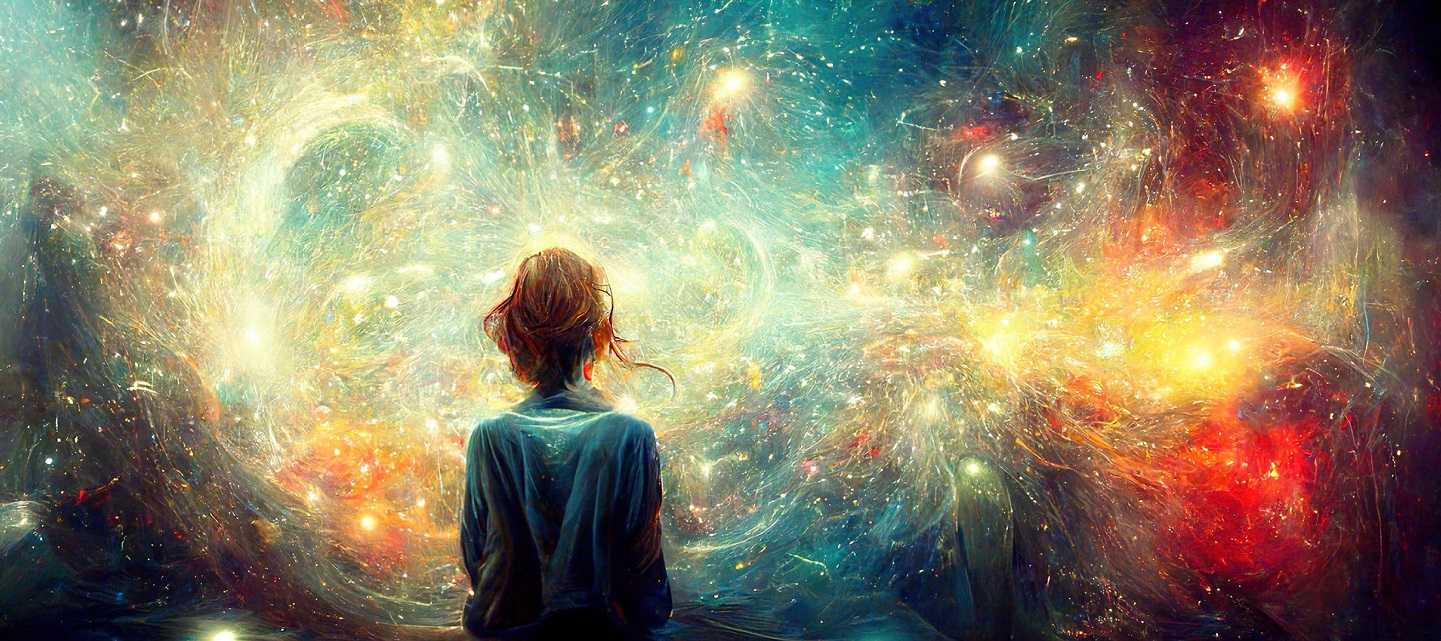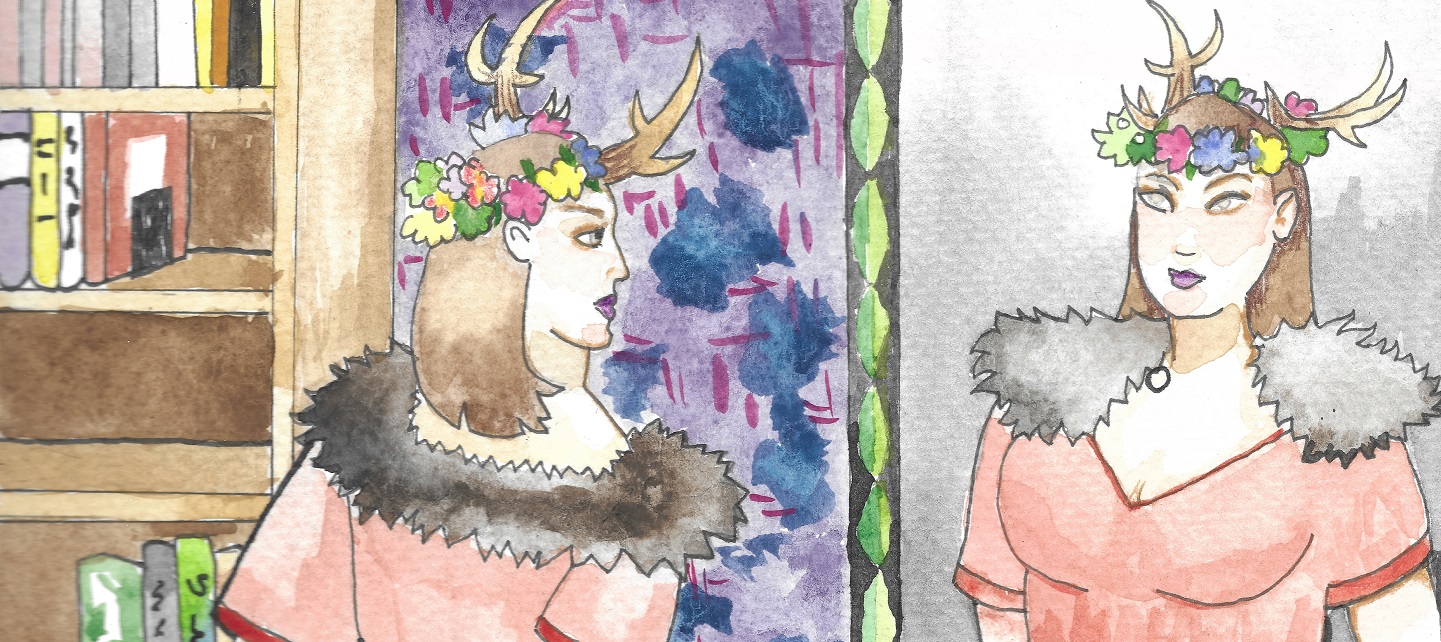Tag: magic circle
-

Leading With Larp Magic
in
To write larps and invite people to take part in your story is to be a leader.
-

An Invitation
This is your invitation to magic. To visit magic. To return to magic, again and again.

in
To write larps and invite people to take part in your story is to be a leader.

This is your invitation to magic. To visit magic. To return to magic, again and again.